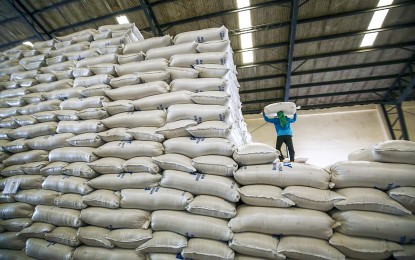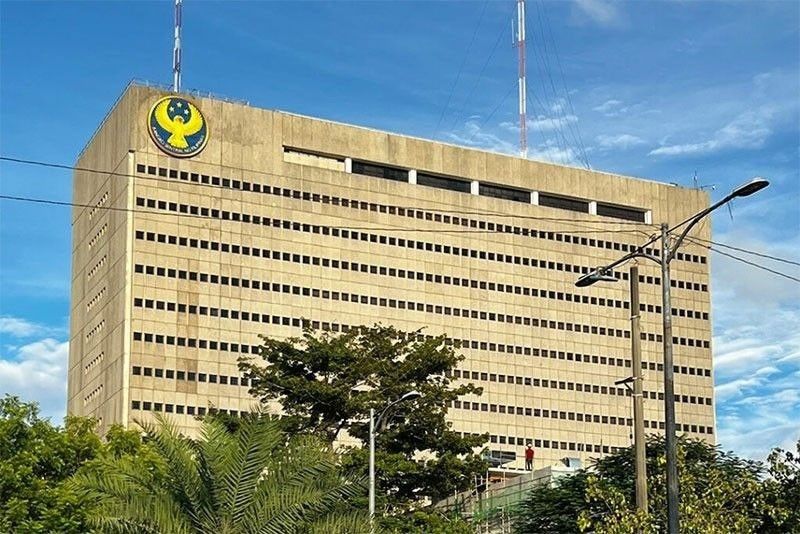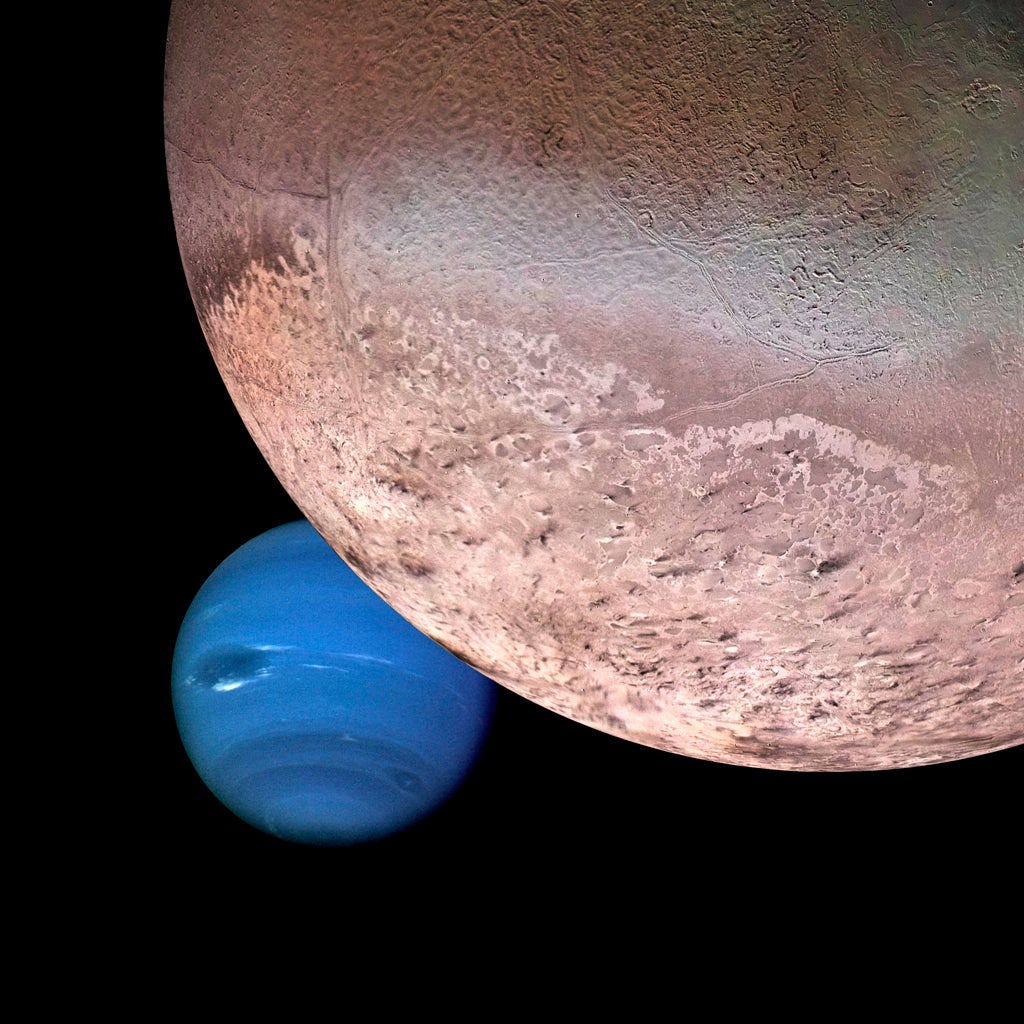Philippine inflation in January 2025 remains at 2.9%
The Philippines' inflation rate in January 2025 stayed at 2.9%, slightly higher than 2.8% in January 2024. The increase was driven by higher inflation in transport, food, and alcoholic beverages. Food inflation rose to 4%, while core inflation dropped to 2.6%.

The Philippine Statistics Authority (PSA) reported on February 5 that the country’s inflation rate for January 2025 remained at 2.9%, consistent with December 2024. While this is slightly higher than the 2.8% recorded in January 2024, it continues to fall within the government's target range of 2%–4%, providing some reassurance regarding the stability of the economy.
Key Factors Behind Inflation Trends
The PSA attributed the slight increase to higher annual growth rates in several key sectors, particularly transport, alcoholic beverages and tobacco, and food and non-alcoholic beverages. Transport costs rose by 1.1% in January from 0.9% in December, largely due to fluctuating fuel prices. Alcoholic beverages and tobacco saw an increase of 3.5% from 3.1%, while food and non-alcoholic beverages climbed to 3.8% from 3.4%, reflecting a continued rise in consumer demand and supply chain pressures.
In contrast, financial services experienced no inflation, following a 0.6% decline in December 2024. This stagnation suggests relative stability in banking and financial transactions, mitigating further upward pressure on overall inflation.
Declining Inflation in Other Sectors
Some sectors witnessed a deceleration in inflation, offering relief to consumers. Clothing and footwear inflation slowed to 2.3% from 2.4%, while housing and utilities decreased from 2.9% to 2.2%. Similarly, furnishings and household equipment saw a drop to 2.6% from 2.7%.
Other categories that experienced lower inflation rates included:
-
Recreation, sports, and culture (2.4% from 2.5%)
-
Education services (4.2% from 4.3%)
-
Restaurants and accommodation services (3.2% from 3.8%)
-
Personal care and miscellaneous goods (2.8% from 2.9%)
Rising Food Prices Drive Inflation
A major contributor to inflation in January was the rise in food prices, which saw a significant increase from 3.5% in December 2024 to 4% in January 2025. The most notable price surge was observed in vegetables, tubers, plantains, cooking bananas, and pulses, which spiked to 21.1% from 14.2%. This dramatic increase was likely caused by supply chain disruptions, adverse weather conditions, and higher production costs.
Fish and seafood prices also rose considerably, reaching 3.3% from 1% in December, while meat prices saw a notable uptick to 6.4% from 4.9%. Oils and fats followed suit, with an annual growth rate climbing to 2.2% from 0.9%.
Slight Relief in Other Food Categories
While food inflation increased overall, some food categories experienced slower price hikes. The cost of corn, flour, bread, pasta, and fruits and nuts showed signs of easing, providing some relief for consumers reliant on these staple goods.
Core Inflation Slows
Core inflation, which excludes volatile food and energy prices, showed a downward trend, dropping to 2.6% in January 2025 from 2.8% in December 2024. This decline suggests that underlying inflationary pressures remain controlled, which could help maintain economic stability in the coming months.
Outlook and Policy Implications
With inflation remaining within the government’s target range, economic policymakers may have room to keep interest rates stable, ensuring steady growth without aggressive tightening measures. However, concerns over rising food costs and potential external factors, such as global oil price fluctuations, remain key challenges.
As the Philippine economy navigates 2025, maintaining a balance between inflation control and economic growth will be crucial. The PSA will continue to monitor inflation trends, while government agencies may explore strategies to stabilize food supply chains and address price surges in critical sectors.
What's Your Reaction?







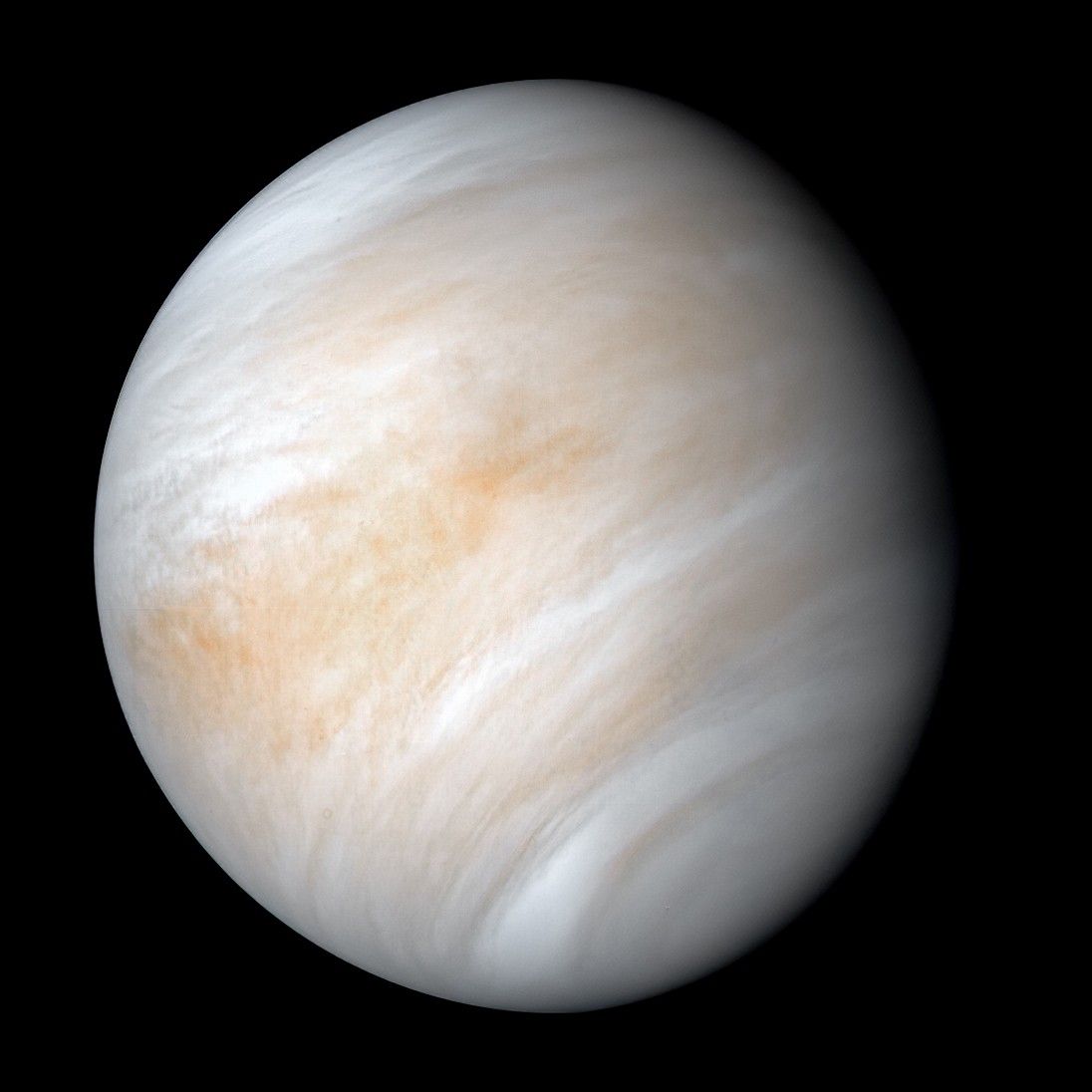




/https://tf-cmsv2-smithsonianmag-media.s3.amazonaws.com/filer_public/54/66/546650fa-26a4-40fd-8d6d-5a7a04540f81/rosetta2.png)
:max_bytes(150000):strip_icc():focal(999x0:1001x2)/robert-prevost-050825-1-39395418ab494da5a3a700c9478e66c8.jpg)


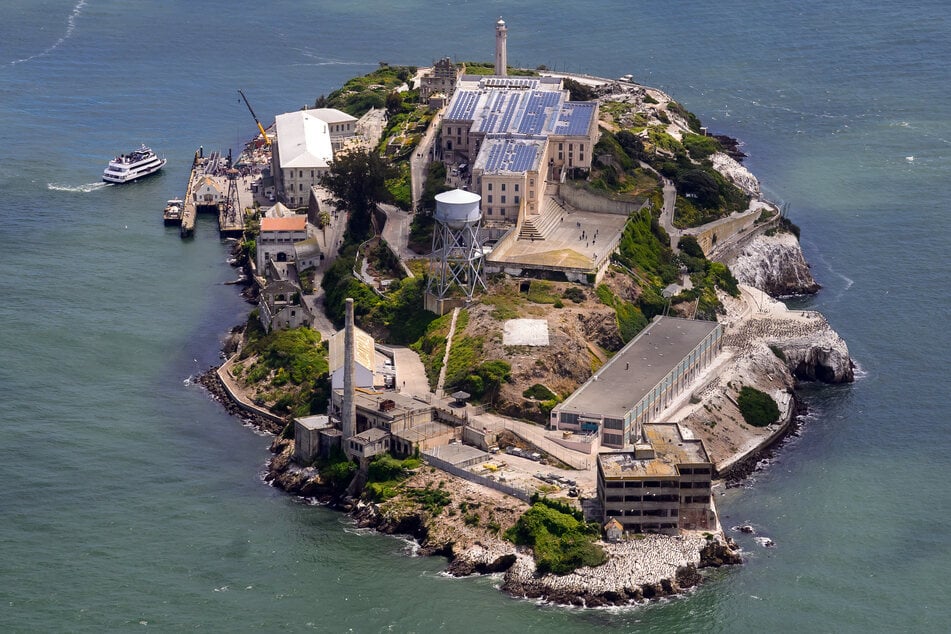

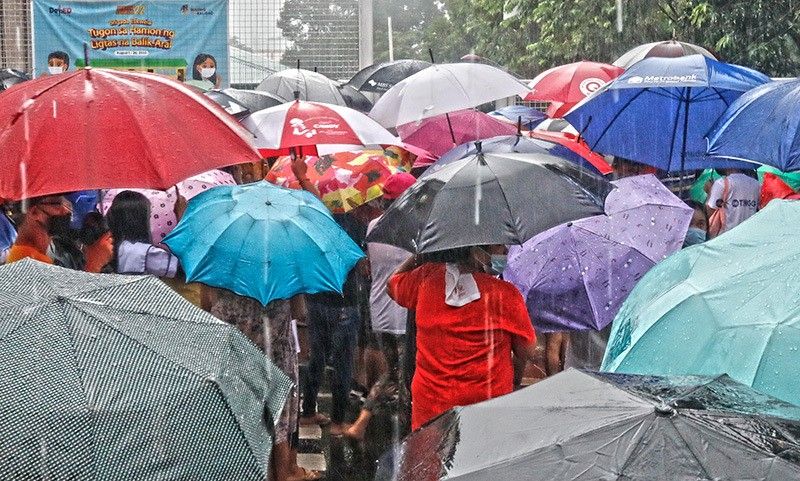

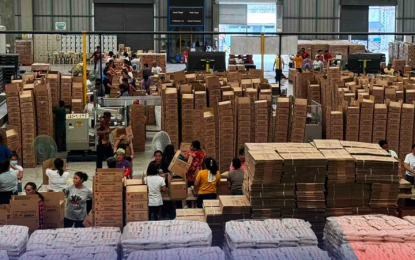












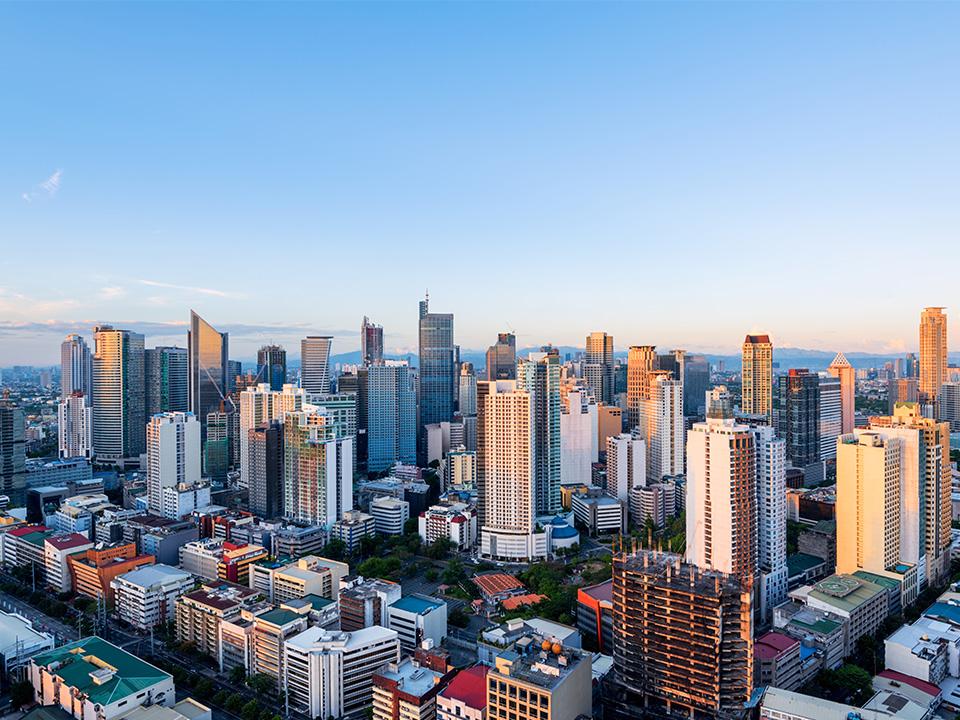



























format(webp))
format(webp))











